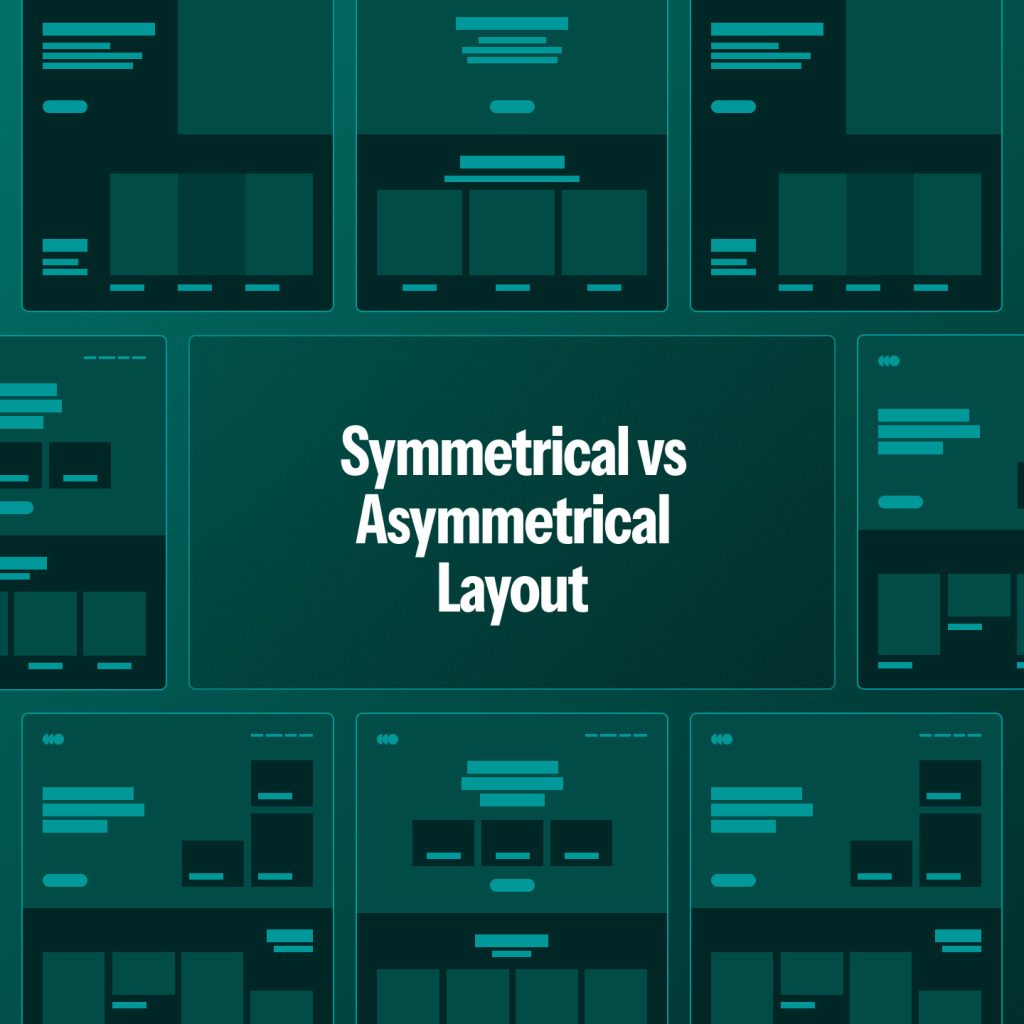Fonts are a critical component in design because they influence both text readability and the communication of key visual cues and branding messages. The psychology of fonts delves into how different font choices can affect user experience and perception. In this article, we will explore the psychology behind font selection and its impact on user experience. We will also discuss how to choose fonts that align with the tone and objectives of a website or application.

Serif vs Sans Serif Fonts: Which One Should You Use?
Fonts can convey different messages and emotions to your audience, depending on their style and appearance. But how do you decide between serif and sans serif fonts? What are the advantages and disadvantages of each category? And when should you use one over the other?
Now we will discuss the main differences between serif and sans serif fonts, and give you some tips on how to choose the best font for your project.
What are serif and sans serif fonts?
The two primary font categories are serif and sans serif fonts. Serif fonts, such as Times New Roman, feature small lines or flourishes at the ends of letter strokes. In contrast, sans serif fonts like Arial lack these embellishments. Serif fonts are often associated with traditional, formal, and authoritative contexts. On the other hand, sans serif fonts are viewed as modern, minimalist, and friendly.
What are the pros and cons of each font category?
Both serif and sans serif fonts have their own strengths and weaknesses. Here are some of the factors you should consider when choosing a font:
- Readability: Serif fonts are generally easier to read in print media, such as books and newspapers. The serifs help guide the eye along the lines of text and create a sense of flow. However, serif fonts can look cluttered and pixelated on low-resolution screens. Sans serif fonts are more suitable for digital media, such as websites and apps. They have a cleaner and simpler look that works well on high-resolution screens. However, sans serif fonts can look bland and monotonous in long texts.
- Mood: Serif fonts can create a mood of elegance, sophistication, and professionalism. They are often used for academic, legal, and historical texts. Sans serif fonts can create a mood of freshness, simplicity, and friendliness. They are often used for modern, casual, and creative texts.
- Context: Serif fonts can match well with classical, vintage, or ornate designs. They can also add contrast and balance to minimalist or geometric designs. Sans serif fonts can match well with contemporary, sleek, or futuristic designs. They can also add clarity and simplicity to complex or busy designs.
How to choose the best font for your project?
There is no definitive answer to which font category is better than the other. The best font for your project depends on your purpose, audience, message, and medium. Here are some questions you can ask yourself to help you decide:
- What is the goal of your project? Do you want to inform, persuade, entertain, or inspire your audience?
- Who is your target audience? What are their demographics, preferences, expectations, and needs?
- What is the tone and voice of your message? Do you want to sound formal or informal? Serious or playful? Professional or personal?
- What is the medium of your project? Is it print or digital? Is it large or small? Is it static or dynamic?
Based on your answers to these questions, you can narrow down your font choices by considering the readability, mood, and context factors we discussed above. You can also experiment with different font combinations and see how they look and feel in your design.
Remember that there is no one-size-fits-all solution when it comes to fonts. The best font for your project is the one that communicates your message effectively and appeals to your audience emotionally.

Font Weight and Style:
Font weight and style can also influence user perception. Bold fonts convey strength and significance while light fonts appear delicate or airy. Script and cursive fonts impart elegance and refinement while display fonts add personality and character to a design.
However, you should be careful not to overuse these font variations, as they can make your website look cluttered or inconsistent. A good rule of thumb is to use no more than two or three different font weights and styles on your website, and to use them for specific purposes, such as headings, subheadings or quotes.
For example, you can use a bold font for your main headings to grab attention and create contrast, a light font for your body text to improve readability and a script font for your logo or call-to-action buttons to add some flair.
Some examples of popular font combinations are:
- Imbue (bold) and Hanken Grotesk (regular) for a luxury and minimalist look
- Libre Bodoni (bold) and Libre Caslon Text (regular) for a classic and elegant look
- Leckerli One (script) and Kumbh Sans (light) for a fun and friendly look

Font Pairing:
Font pairing is an essential aspect of design that can create visual interest and hierarchy. When pairing fonts, it’s important to consider contrast (e.g., pairing a bold font with a lighter one) as well as stylistic compatibility in terms of style and tone. Using too many different types of font can result in cluttered or confusing designs; thus it’s important to limit their number.

Brand Messaging:
Fonts can also communicate brand messaging and personality. For instance, a luxury brand might use a script font to express elegance and refinement while a tech company might opt for a modern sans serif font to convey innovation and forward-thinking. When choosing fonts for branding purposes, it’s important to take into account the brand’s values, tone, and personality.

Context and Purpose:
The context and purpose of the design should also be considered when selecting fonts. For example, a financial website might use a traditional serif font to project reliability and trustworthiness while a gaming website might choose a bold sans serif font to generate excitement and energy. It’s crucial to choose fonts that align with the tone and objectives of the website or application.
In conclusion, the psychology of fonts examines how font choices can influence user perception and experience. By taking into account factors such as serif vs sans serif fonts, font weight and style, font pairing, brand messaging, context, and purpose designers can select fonts that effectively communicate their intended message and tone. When choosing fonts it’s important to prioritize readability and accessibility with users in mind.


